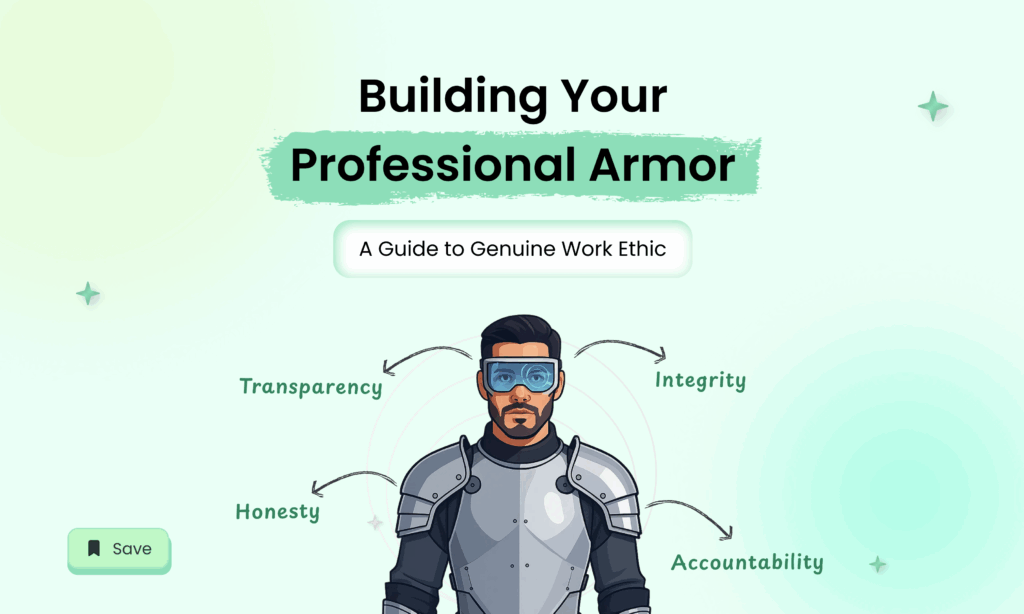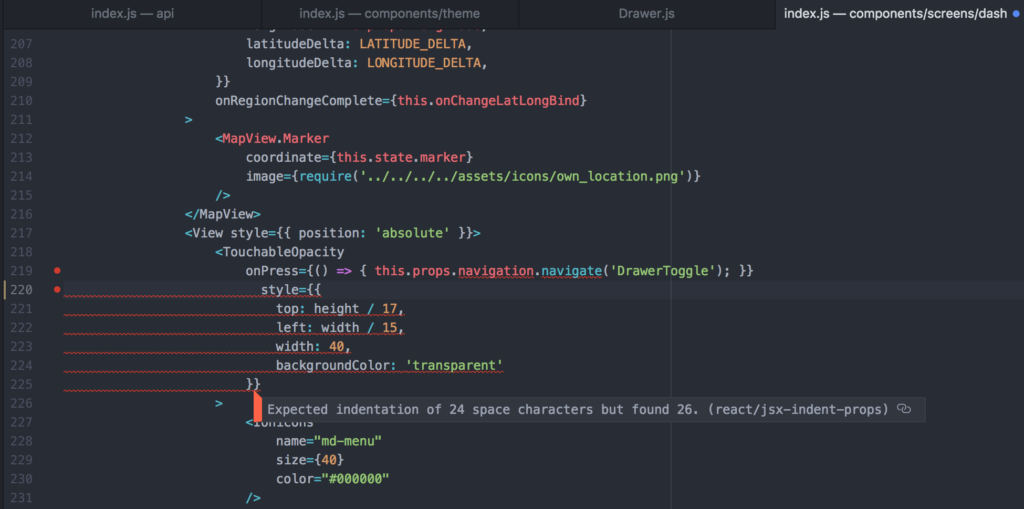Every morning, you suit up ’figuratively’ for the day ahead. Your work ethic is that armor: a set of habits and choices that help you stand strong, earn trust, and create value. This guide shows how to assemble and maintain four essential layers-Integrity, Honesty, Transparency, and Accountability; so you can navigate real-world challenges with confidence. Short on jargon, big on practical tips, and crafted in clear, positive language, it helps you reinforce your armor without extra bulk.
Strengthening Your Core: What Work Ethic Really Means
Work ethic isn’t a checklist of dos and don’ts; it’s an active posture. When goals shift or pressures mount, a well-built armor keeps you moving forward. Each intentional action- like confirming a key detail, owning a small mistake, or sharing a clear update adds a fresh rivet to your armor. Over time, those little choices become unbreakable layers.
Layer 1: Integrity – Your Core Plate
Integrity is doing what aligns with your principles, even when no one is looking. It’s the foundational layer that guides every decision you make.
Practical Steps to Reinforce Integrity
- Clarify Your Nonnegotiables: List three actions you will always follow- such as keeping confidential information private or completing essential testing. When a request challenges these, you respond with confidence rather than uncertainty.
- Frame Conversations with Respect: If you need to decline a request, start with something like, “I appreciate your perspective; here’s how we can meet our objectives together.” This keeps the conversation constructive.
- Reflect and Learn: Regularly recall moments when you chose the right path under pressure. Note what helped you stay true, so you can apply the same mindset in future situations.
Self-Check (Integrity): At week’s end, jot down one moment when you held your line and what helped you do so.
Layer 2: Honesty – Your Helm
Honesty means sharing clear, accurate information so everyone stays aligned. It sets realistic expectations and avoids surprises.
Tips for Strengthening Honesty
- Provide Context, Not Just Answers: Instead of a simple “yes” or “no,” explain trade-offs. For example: “We can finish sooner, but here’s what the timeline looks like if we include thorough quality checks.”
- Share Data, Not Drama: If there’s a delay, present the facts: “Our latest test results show these issues. Here’s the impact on launch dates.” This clarity builds trust.
- Invite Questions: Encourage stakeholders to ask for details: “Which parts of this plan matter most to you?” That keeps everyone engaged in the solution, not just the problem.
- Ready-to-Use Script: If a client’s demand is unrealistic, try:
“Here’s what we can achieve realistically; let’s align expectations.”
Self-Check (Honesty): After your next status update, note whether you provided full context or if you shortened it too much.
Layer 3: Transparency – Your Visor
Transparency is about showing what matters, not every single detail. It’s the layer that prevents misunderstandings and fosters collaboration.
Ways to Enhance Transparency
- Document Key Decisions: Record approvals, scope changes, and meeting notes in a shared space. When questions arise, you can point to a clear record rather than rely on memory.
- Use Brief Status Updates: Offer concise weekly summaries: “What’s done, what’s next, and where we need extra attention.” A quick overview keeps everyone on the same page.
- Balance Detail with Accessibility: If your reports are technical, add a short summary at the top that highlights main takeaways. That helps busy readers absorb essential points instantly.
Self-Check (Transparency): Before sending your weekly summary, ask: “Have I noted the top three changes or blockers clearly?”
Layer 4: Accountability – Your Gauntlet
Accountability means owning results-good or bad-and having a plan to move forward. It turns mistakes into opportunities for growth.
Tactics to Strengthen Accountability
- Acknowledge Issues Quickly: If something goes off track, say, “I underestimated the integration time. Here’s how I’ll adjust our plan.” Prompt acknowledgment reduces tension.
- Outline a Clear Remediation Plan: After admitting a misstep, present two or three specific steps you’ll take to fix it. This shows initiative and builds confidence.
- Celebrate Achievements Thoughtfully: When a milestone is reached, recognize the team’s effort briefly. Public praise can be motivating, but private gratitude deepens trust.
- Ready-to-Use Script: When internal teams push for speed and external stakeholders want perfection, try:
“If we prioritize critical features now, we can stabilize major risks by next sprint.”
Self-Check (Accountability): After a project checkpoint, note one thing you owned-success or setback-and how you followed up.
When Ethics Meets Pressure
A developer was once asked to hide a known bug before a client demo. Instead of remaining silent, he explained the risk: “If we mask this issue now, it could compromise production stability.” The demo was delayed, but the client’s trust deepened-and they renewed the contract six months later.
Your Next Step: Wear Your Armor with Purpose
Tomorrow, as you start your day, pause and ask:
- Integrity (Core Plate): Am I clear on where I draw the line?
- Honesty (Helm): How will I frame my updates to share accurate context?
- Transparency (Visor): What key details should I document today?
- Accountability (Gauntlet): If things deviate, how will I own and address them?
Work ethic isn’t loud-It’s lived. It’s in the choices you make when no one’s watching.
Suit up. Stay sharp. Lead like it matters-because it does.



